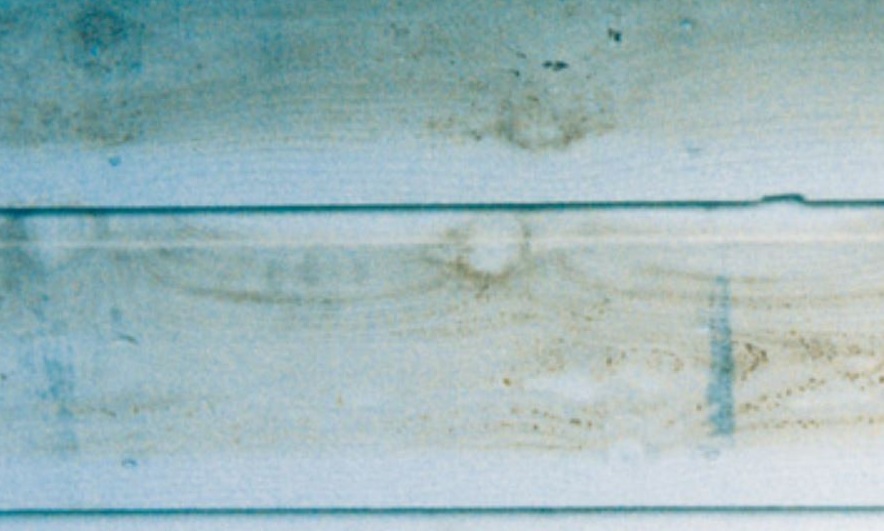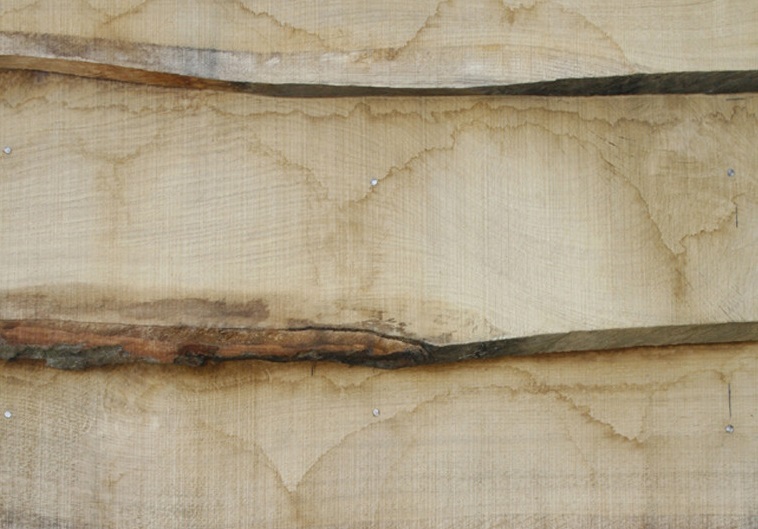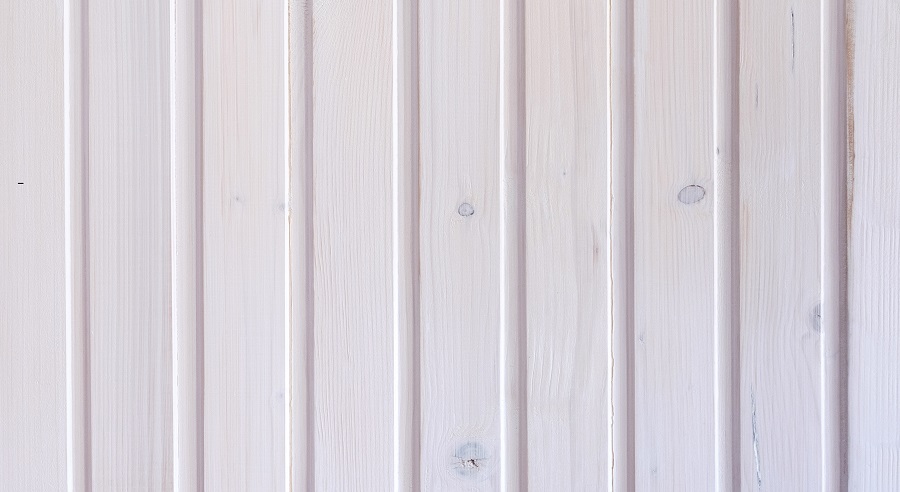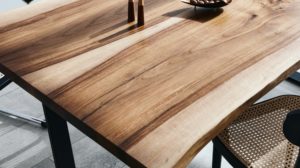With all the attention given to staining, irregular reddish-brownish-yellow, irregular, irregular spots sometimes appear on the surface of the wood. The more light-colored or white the wood is, the more noticeable the appearance. If the finished object is made of oak, chestnut or mahogany, and the wood stain used is water-dilutable, it is most likely wood tannins. They are to blame for staining the wood, changing the color of the varnish or paint, and sometimes even slowing the drying of alkyd or oil-based products and slowing the curing reaction of catalyzed varnishes. I recently had a discussion with someone who had such a problem on an oak floor. Since the phenomenon does not always occur, giving the impression that either the lacquer or the craftsman is to blame, I thought it would be good to discuss it a bit.

What are tannins and where to find them
Tannins are found in most plants and protect against insects and animals that can harm them. They are not in fixed amounts in every plant and are a rather vast mixture of substances that are not identical for every plant. They are considered as acids that give, for example, astringent taste of wine - got there from the woody part of the bunch, from the oak barrel or oak pieces added to wine - or softens animal skinin the tanning process. This is also where the name comes from, as oak bark was frequently used in the past for tanning hides. Tannum - oak bark in Latin - is the basis from which both the words tannin and tanning are derived.
All trees contain tannin, both in the root (the largest amount) and in the trunk, branches and leaves. The color of the tannin ranges from reddish-yellow to brown. The lighter the color of the wood, the less tannin it contains. High tannin content found in oak, chestnut, acacia, nuc, mahoni and in most alien species with a more pronounced color. If a plank of tanned wood is left out in the rain, it will stain and remain so after drying. It is possible to remove the stained surface by sanding, but the first contact with water will cause the stain to reappear.

How tannins in wood work and why they are unpleasant
Wood tannins can be troublesome, both because they are acidic and because they are soluble in water, and some of them even in organic solvents. Acidity of tannins disturb during the assembly of parts, when wood comes into contact with iron or iron derivatives. Tannins react with iron to form blue or bluish-gray or bluish-gray dyes that stain the wood. The strength of the wood is not affected, but the stain may spoil the final appearance of the object. The reaction is favored by increased humidity in the wood. To avoid this, it is best to use stainless steel products for joints.
The fact that are soluble in water is another feature that can lead to unpleasant effects. Applying baths or water-based varnishes, we allow the tannins to dissolve and migrate to the surface of the wood. The presence of tannins is not signaled by a specific appearance, so it is difficult to know whether the wood will stain or not, even if it is of a species recognized as tannin-rich. Therefore, if a wood of a species known to be high in tannin is to be finished, it is a good idea to make sure that the tannin will stay inside and not stain the finished surface.

Finishing tannin wood
In order for the finish not to be affected by the tannin in the wood we need to make sure that it stays inside, without the possibility of coming to the surface. We can do this with insulators. They penetrate deep into the wood and react (harden), locking the tannins inside. Insulators are available for both exterior and interior wood. They can be water-based or solvent-based, one or two-component. They are applied as a first coat and after drying, any finish can be used. Oils are not used because the insulator prevents them from penetrating deep into the wood.
But one of the best insulation materials is shellac. As the composition of tannins differs from wood to wood, ordinary insulators may not be strong enough for some of them. Shellac, however, can be a very good barrier between the tannin wood and the finish. It is so good that it can also be used for node isolation, locking in tannins and resin. The shellac coat, which can be applied with a brush, can be overcoated with solvent-based, water-based, alkyd or oil-based lacquers.

Tannins are really a problem when using white or light-colored berries. In this case the color change will be visible, impossible to miss. When using dark colors or varnishes with a high yellow tint it is hard to notice the color difference. Unless there are high concentrations in a particular spot, so that it materializes as a stain, the phenomenon may go unnoticed.
Although problems can occur, working with tanned wood should not scare us. The outward migration of tannin does not influence the physical and mechanical properties of the wood, it may only affect its appearance. As already mentioned, coloration does not always show up, even if the wood has a high tannin content. If this were the case, very little work would be done on oak wood, which is far from the reality. However, it is good to know why sometimes, even though we have done everything by the book, finishing problems arise that we have never come across before.

































Hello! I need some advice. I want to produce some oak chippers. For the finish I would like to use tung oil which is suitable for food contact. I was told that oak, being a tannin wood will blacken in contact with fat, food. Is there any solution for a non-toxic finish that can be applied to oak to isolate the tannins?
Hello!
It will not blacken if it is protected with tung oil. Blackening from tannins happens from their contact with metals (nails, screws). Blackening from food happens when it is not properly protected and cared for and mould occurs. Persistent water, without proper protection with oil, leads to this appearance.
I've had an acacia shredder for years, much more tannic than oak and it hasn't blackened.
All the best!